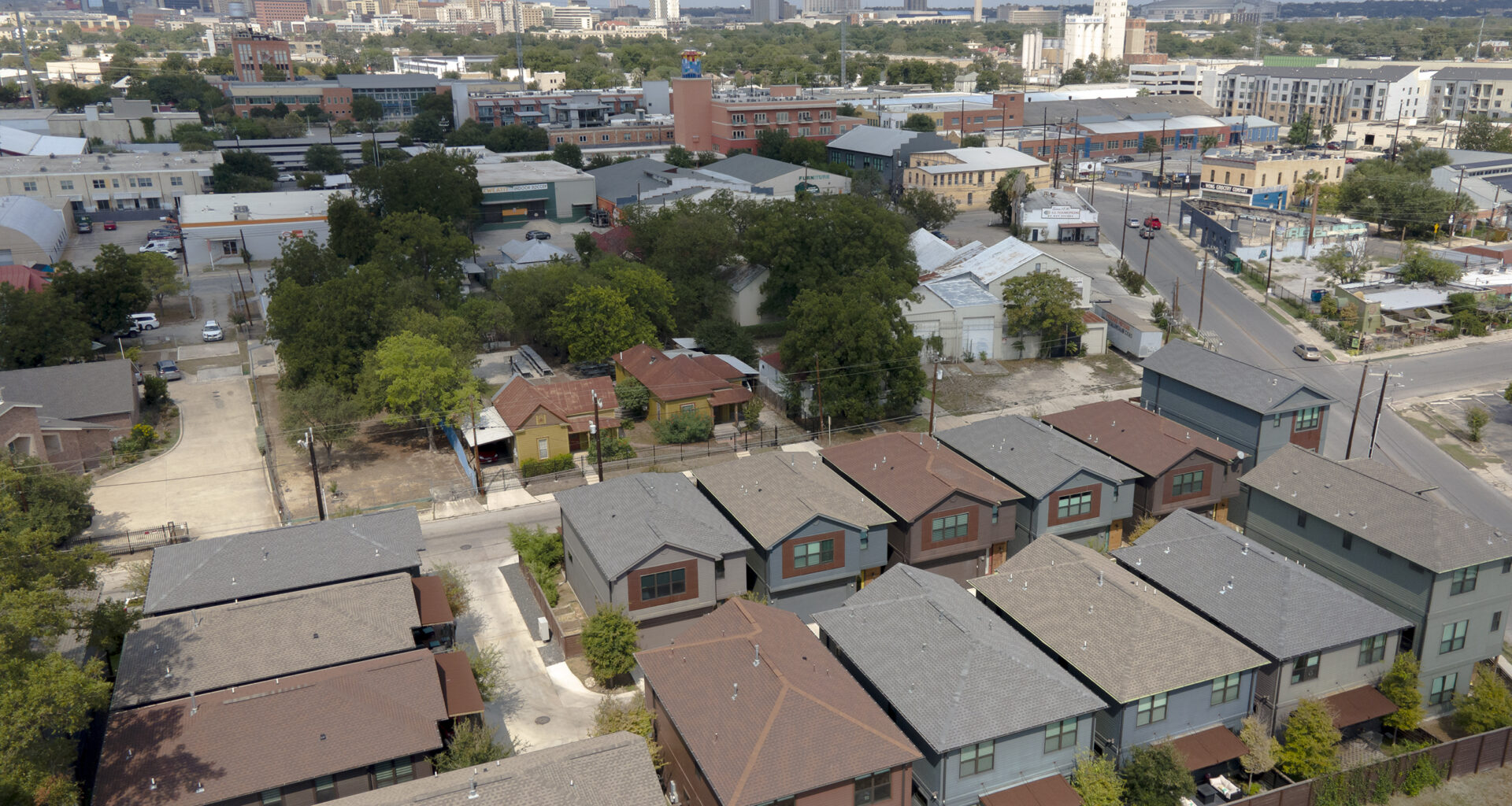San Antonio’s housing market got more buyer-friendly in July.
Houses are staying on the market for longer periods of time and change in home prices is lagging behind other cities, according to reports from the San Antonio Board of Realtors, or SABOR, and Homes.com.
These aren’t new trends — sales were slowing down in March — but slow sales and higher home supply could now be benefiting buyers if it gives them lower prices and more leverage.
That creates a housing market where buyers have more options, SABOR Chair Ed Zapata explained.
“Buyers do have more choice out there,” Zapata said, adding that buyers could be more aggressive about sale prices, move-in dates and other requests when looking for new homes.
Sellers might have to be creative, he said, and take careful looks at the other houses in the market to figure out how best to advertise their home.
Home prices in San Antonio remained more affordable than other American cities. SABOR showed the median home price at $330,000 while Homes.com showed a median home price around $303,000.
Danny Khalil, an associate director of market analytics for the CoStar group, which owns Homes.com, said the two groups use slightly different data sets, but the median price was still in the same range.
Texas home prices dropping?
Khalil added that the median home price in San Antonio right now is around 5% lower than in July 2024. That percentage in value was one of the lowest in the nation, according to Homes.com’s data, but tracks with other cities in Texas.
Houston, Dallas-Fort Worth and Austin also saw negative changes in home value between July 2024 and today.
Zapata said SABOR did not see the same decrease in home price, but there was an increase in active listings — there are around 22% more homes on the market than there were last year.
“That increase is due to homes staying a little longer on the market,” he said.
Zapata said homes are on the market for an average of seven months right now in San Antonio. In a balanced market, he added, homes would be on the market for about 6 months.
While Zapata and Khalil are seeing slightly different numbers, they are still pointing to the same story: a buyer-friendly market.
“Reductions in price mean that sellers are losing negotiating power, or at least becoming less patient,” Khalil said.
While buyers have more power, Zapata and Khalil agree sellers have not needed to sell. They both said that this market shift toward buyers is not a sign of a bubble or recession.
That’s partly because many sellers still have favorable mortgage rates from a post-pandemic housing market, when the cost of borrowing money to buy a home was low.
“Many sellers are ‘locked in’ with rates in the 3% to 4% range, or even lower, on their loans. This means that the average homeowner today has a much more manageable monthly mortgage payment than the average person had, say, just after the Great Recession,” Khalil said.
Sellers have been willing to hold onto their homes for longer periods because they have those manageable monthly payments, he explained. July’s market shift could be a sign of change, Khalil added, if sellers are getting impatient and dropping prices.
Zapata pointed out that trends were not consistent across all parts of San Antonio’s housing market.
Though prices fell as a whole, sales and value for more expensive homes — those over $500,000 — were still strong. Since 2019, the percentage of San Antonio homes valued over $500,000 has grown from 7% to 20%.
Home prices also vary between areas: Homes.com’s data showed that prices grew between 2024 and 2025 in some of the highest-growth neighborhoods on San Antonio’s northern and western edges.
